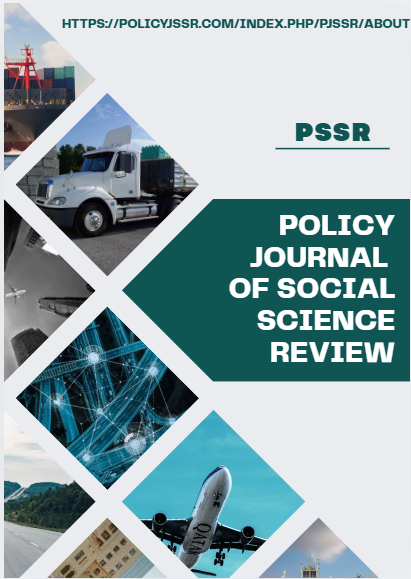Classroom Management And Students’ Learning Outcomes In Physical Education Using Structural Equation Modeling And Confirmatory Factor Analysis
Abstract
Main Purpose: This study examines the relationship between Teachers’ Classroom Management in Physical Education (SETCM-PE) and Students’ Learning Outcomes (SLB-S-PE), while exploring the moderating effects of gender and participation in specific games/activities. Method: The study involved 303 Health and Physical Education students (162 males, 141 females) from degree colleges in Dera Ismail Khan, Pakistan, using stratified random sampling. Data were collected through adapted and validated scales: the SETCM-PE (21 items across 8 subscales) and the SLB-S-PE (29 items across 4 subscales). Data were analyzed using Structural Equation Modeling (SEM), with model fit assessed using CFI, TLI, RMSEA, and SRMR, and multi-group SEM used to examine gender and activity-based moderation. Main Findings: A significant positive relationship was found between classroom management and learning outcomes (path coefficient = 0.65, p < 0.001), with stronger effects for males (0.70) and cricket participants (0.72). Conclusion: Effective classroom management enhances learning behaviors in PE, with gender-inclusive strategies and diversified activities recommended for improved engagement and motivation.
Keywords: Classroom management, learning outcomes, physical education, structural equation modeling & gender differences





